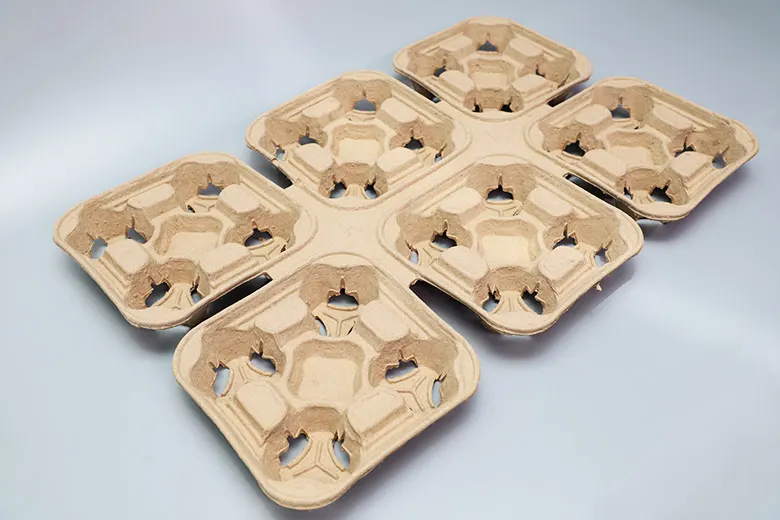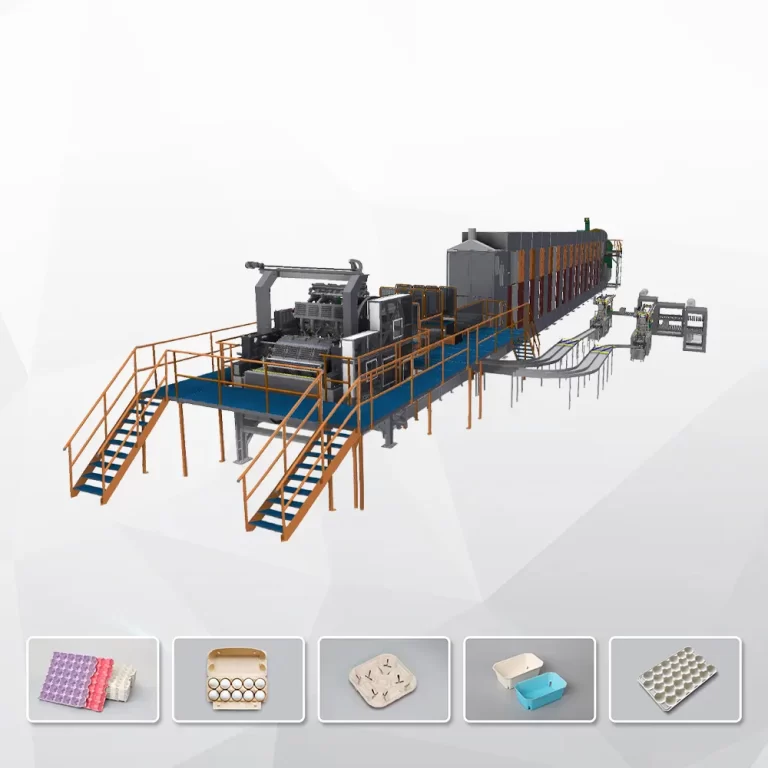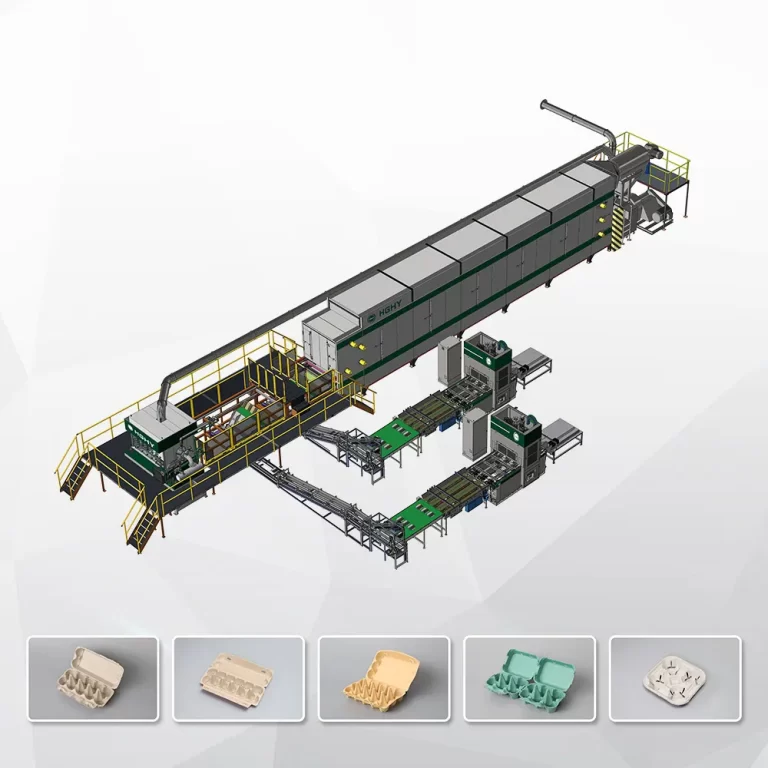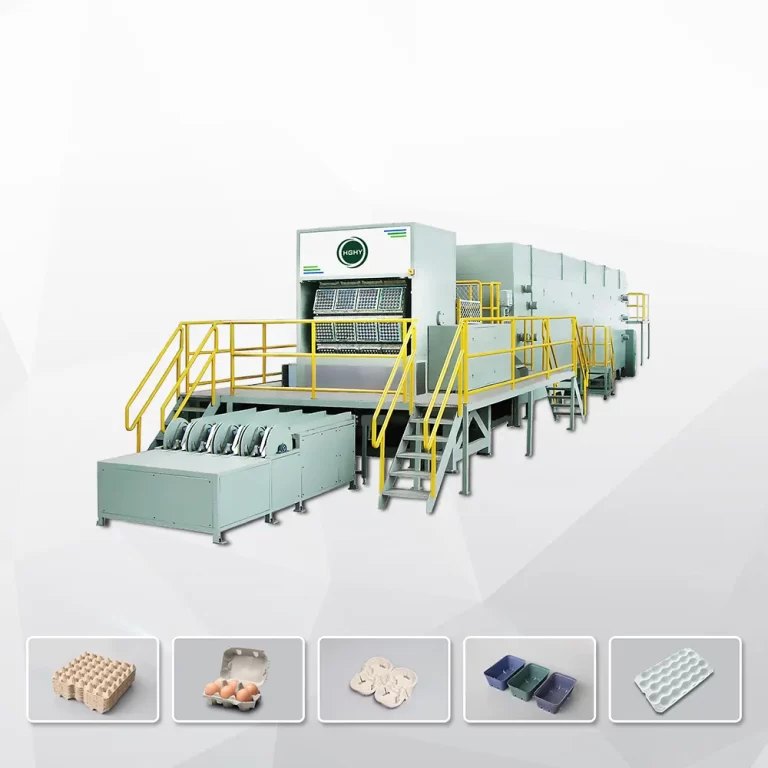Egg tray machines, traditionally known for manufacturing packaging for eggs, have evolved into versatile equipment capable of producing a wide range of molded pulp products. By adjusting molds and production processes, these machines can create high value-added products such as fruit trays, industrial cushioning materials, and eco-friendly retail packaging. This diversification not only improves profitability but also aligns with global trends in sustainability and circular economy.

1. Upgrading from Egg Trays to Value-Added Products
Egg trays are relatively low-margin items, often sold in bulk at low prices. However, the core technology behind egg tray production—pulp molding—can be adapted for other high-demand applications:
- Fruit Trays: Used for apples, pears, avocados, and other delicate fruits, these trays reduce bruising during transport. They can be customized in shape, size, and even printed with branding.
- Industrial Packaging: Molded pulp is an excellent alternative to plastic foam in protecting electronics, glassware, and mechanical components. It absorbs shock and is biodegradable.
- Medical and Food Service Trays: Single-use trays for medical use, or compostable food trays for takeout, are in growing demand.
- Cosmetic and Luxury Packaging: With precise molding and surface finishing, even high-end packaging for perfumes or gift boxes can be achieved.
2. Key Factors for Upgrading Production
To successfully shift toward high value-added molded products, manufacturers should focus on:
- Mold Customization: The choice and design of the mold are crucial. Precision molds made of aluminum or bronze allow for fine detailing and varied shapes.
- Pulp Formulation: Different products require different pulp mixtures. Additives such as waterproofing agents or color pigments can enhance performance and appeal.
- Drying and Pressing Systems: Advanced drying systems (metal drying or multi-layer drying) and hot pressing units improve surface smoothness and strength—essential for premium products.
- Automation and Scalability: A fully automated line ensures consistent quality and higher output, especially important for industrial clients or export-grade fruit trays.
3. Market Potential and Economic Value
High-end molded pulp packaging commands significantly higher prices compared to standard egg trays. For example:
- A standard egg tray might sell for $0.03 per piece.
- A fruit tray can sell for $0.10–$0.25 per piece.
- Industrial molded parts can sell for $0.50 or more, depending on complexity and volume.
In addition, governments and consumers are increasingly banning or avoiding plastic packaging, which opens up new opportunities for eco-friendly alternatives.
4. Environmental and Branding Benefits
Using egg tray machines to produce molded pulp packaging has multiple advantages beyond just profit:
- Sustainable: Made from recycled paper or agricultural waste (like sugarcane bagasse).
- Biodegradable: Naturally breaks down in the environment, unlike plastic.
- Customizable Branding: Surface printing and mold-embossed logos enable unique brand identity and market positioning.
Conclusion
By leveraging the flexibility of egg tray machines, manufacturers can tap into emerging markets for eco-friendly and high-performance packaging. With the right investment in molds, materials, and automation, it’s possible to move beyond commodity products and into the growing sector of high value-added molded pulp solutions.



